Organizations face an exceptional challenge managing IT systems that are growing exponentially more complex. Applications are no longer monolithic but distributed across multi-cloud environments, containers, and microservices. At the same time, user expectations are higher than ever—customers demand instant, flawless performance. For IT teams, even a minor delay or glitch can snowball into downtime, frustrated users, and revenue loss.
This is where observability has stepped in as a game-changing strategy. Unlike traditional monitoring, which answers “Is something broken?”, observability asks, “Why is it broken?” and “What can we do about it?”. With the ability to provide real-time insights into logs, metrics, and traces, observability allows IT leaders to connect the dots between performance issues and business outcomes. It has become the bridge between managing technology and delivering value. But why are organizations making the shift now? And what’s next for the future of observability?
The Current Scenario: A Perfect Storm of Complexity
To put it simply, monitoring is no longer enough. Organizations need observability to navigate the growing chaos of distributed systems and ensure everything works seamlessly—before users even notice something’s amiss. Learn how to achieve end-to-end visibility, the foundation of effective observability, in our latest blog post.
What the Market Says: Observability on the Rise
Why Now? The Urgency for Observability
The Future of Observability: Smarter, Faster, Automated
In the coming years, observability platforms will become even more context-aware, correlating technical performance with business Key Performance Indicators (KPIs). This means IT leaders will no longer need to sift through dashboards to determine why revenue dipped—they’ll get instant answers with actionable insights.
Conclusion: The Time for Enterprise Observability Is Now
The world is moving faster, and IT systems are growing more complex. Organizations cannot afford blind spots or reactive troubleshooting. An enterprise-wide observability strategy isn’t just about keeping systems healthy—it’s about ensuring businesses remain competitive, resilient, and future-ready.
In an age where reliability, performance, and user experience determine success, observability provides the clarity and confidence businesses need to thrive. The shift is already happening, and the future belongs to those who embrace observability as a strategic priority today.


